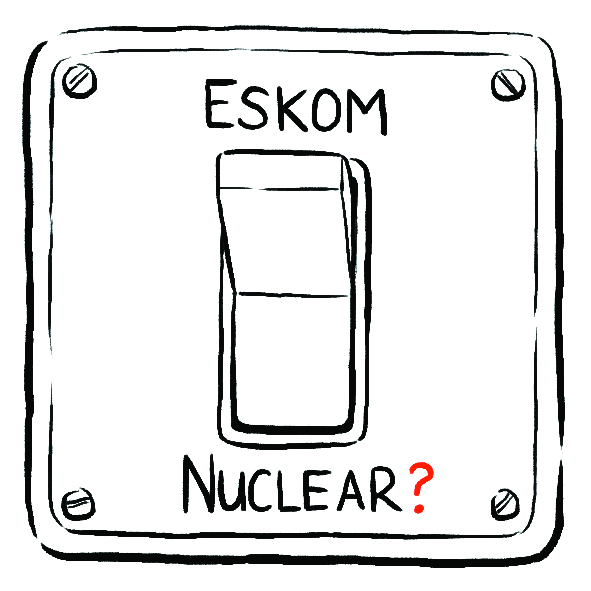Across the globe, more nuclear power units are under construction today than at any other time in the last 25 years. This is happening despite the 2011 crisis in Japan at Fukushima. It is important to note the Fukushima crisis and resulting problems was not a result of a nuclear disaster, but rather a tsunami that laid waste to large parts of Japan and killed around 20,000 people.
At the start of 2015 there were 436 operating nuclear reactors across the globe. By year-end this had increased to 439, despite the closure of seven units during the year. The countries driving nuclear construction are largely in Asia, with China, at last count, building 30 new reactors to add to their fleet.
In South Africa, it’s clear that the government is intent on pressing ahead with a new nuclear build program. The Integrated Resource Plan calls for 9,600MW of nuclear power and this still seems to be the target for the new build. One reason seemingly being that since nuclear is an expensive and complicated industry; it would simply be more cost effective over the long term to invest in a fleet of reactors that can be supported by an underlying industry. If this should transpire, it will certainly lead to a boom in jobs across many sectors of industry.
The environment is another reason nuclear power is punted as an option for South Africa. At the United Nations Climate Change Conference in December, countries reached an agreement to hold the average global temperature increases to less than 2 degrees Celsius, compared to preindustrial levels. The targets agreed upon will require significant reductions in the global greenhouse gas emissions and one of the major areas targeted for reduction of carbon dioxide outputs would be energy generation. The bulk of the globe’s electricity is still generated by fossil fuels, with nuclear power supplying roughly 10% of global electricity. The use of nuclear power is recognized as being a means to achieve climate change targets.
Another serious question around South Africa’s energy future is the planned decommissioning of old power plants. By 2030, Eskom, by law, must close down 14,800MW of existing capacity, while Eskom’s new mega build projects will only add 10,932MW over the same period. These older plants are currently supplying a large part of South Africa’s baseload electricity. The country can ill afford to lose such a big part of its capacity and there is still no clear plan as to what will replace this baseload capacity. The role of renewables is limited; the availability of power output from renewable energy is still not comparable to that of fossil fuel or nuclear plants. Add into the mix the environmental considerations and there is only one option to replace old baseload with new baseload – nuclear.
Loading...
The major constraint to a new nuclear build in South Africa is funding. Accurate estimates of what a 9,600MW fleet could cost are largely unavailable; they range between $45.4 billion and $68 billion. The only thing we know for sure is that is going to be very expensive. There are other concerns over safety, waste and the ability to run a corruption free and timeous build process.
However, there are also some benefits. The country cannot ignore the environmental issues and the need for a reliable baseload power system that can allow the economy to grow. The South African economy may be moving away from mining but there is no need to ignore the potential in the future of mining, as well as in added beneficiation. Reaching this potential would require a lot of electricity and of course, the more the economy grows, the greater the need for electricity.
Where will the first new plant be built? The Eastern Cape province still seems the most likely area. When will the first new reactor be built? The current economic downturn has given the country some breathing room and the pressure is off for now, but there can be little doubt that new construction could start within the next two years. Following that, the full fleet of 9,600MW could follow over the following 20 years. In addition, given government’s appetite for nuclear power, I would not be surprised if South Africa sees more than 9,600MW of nuclear power by 2050.
Is that a good thing? Time will tell.
James-Brent Styan authored a book on the energy crisis called Blackout, The Eskom Crisis. It was published in 2015. He writes in his personal capacity.
Loading...
